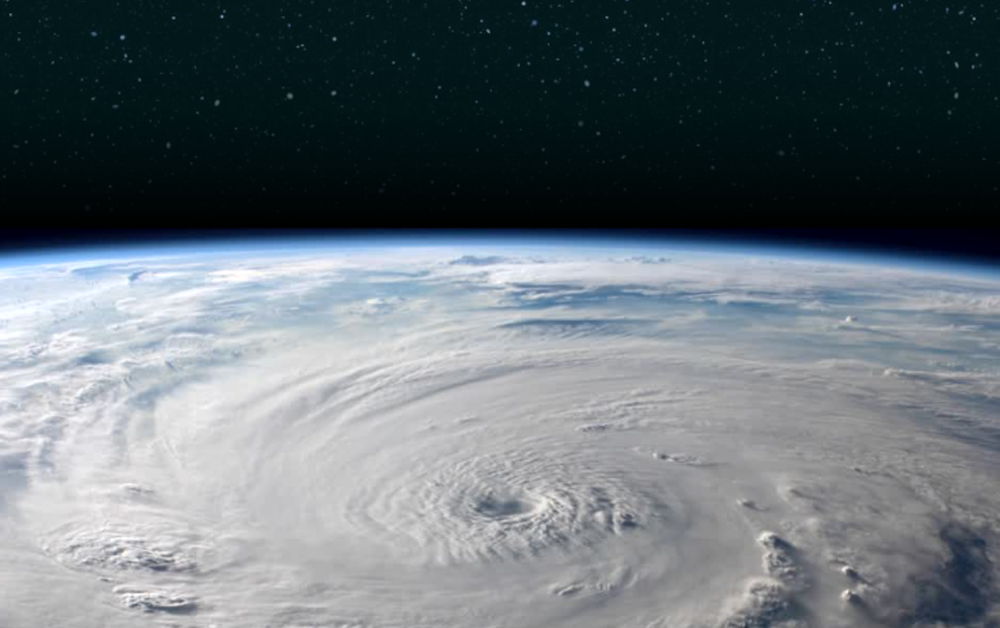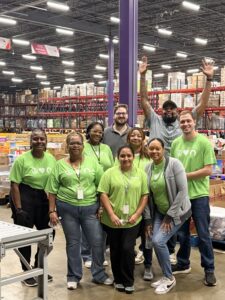
How to Prepare for Hurricane Season
June 1 marks the beginning of hurricane season, and if you are a resident of the South or Southeast, you know what that means: it’s time to prepare for heavy rains, strong winds and flooding. Whether you’re already a resident, planning to move or are vacationing in the areas where hurricanes are most prevalent, we’re providing some tips to help you prepare and most importantly, stay safe.
STAY INFORMED: Take the Hurricane Watch and Warnings seriously
If local and national newscasters are starting to warn residents in your area of an incoming storm, don’t shrug it off. The most devastating storms, including Hurricane Katrina, Hurricane Harvey and Hurricane Irma, were all predicted by meteorologists, who warned people of how dangerous these storms would be. It’s always better to be over-prepared.
It’s also important to note the difference between a Hurricane Watch and a Hurricane Warning, and to know how much time you have until a storm hits.
- Hurricane Watch: hurricane conditions are possible within the next 48 hours
- Hurricane Warning: hurricane conditions are expected within the next 36 hours
FOLLOW RECOMMENDATIONS: Heed warnings from local news and officials
Whether by TV, radio, or social media, continue tracking an incoming storm so you know whether you’ll need to evacuate your home. You can also visit the National Hurricane Center website for official storm tracking and updates.
If local authorities and emergency planners require you to evacuate, please listen. If you hear that home evacuations are likely to occur, begin preparing and executing an exit plan for you and your family. If officials are not recommending that you leave, stay home or wherever you are (assuming it’s a safe shelter) and make sure your family and friends are aware of your location.
PLAN AHEAD: Prepare an exit strategy and a family communication plan
Whether evacuations are likely or not, it’s always good to be informed of your town’s evacuation routes and shelters. You can download FEMA’s mobile app to access directions to the nearest safe shelter as well as other helpful tips in case of a disaster.
It’s also important to have an emergency family plan. Teach all family members what to do in case of an emergency, including the phone numbers to call and how to best communicate with the rest of the family. During disasters, sending text messages with loved ones will often be more reliable than phone calls due to overloaded mobile networks. We also recommend having a back-up plan if mobile networks are down. Be sure to fill your car with gas, charge your cellphones and devices and pack a “go bag” for your family that you can grab on your way out that has everything you may need for the next few days.
Pets are often overlooked in these stressful situations. Make a plan to keep your furry family members safe too. First things first, be sure each pet is wearing a collar with identification; microchipping your pets is the best way to ensure you can find your pet if it is lost. If your pet isn’t microchipped, keep a photo of you and your pet in your “go bag” in case you’re separated. If you evacuate your home, do not leave your animals behind! It is very dangerous to tie them to something or leave them locked in the home where they cannot escape flooding or flying debris. If you‘re able, take your pets to a family member or friend’s home that’s not in the path of the storm as pets are often not allowed to join you at safe shelters.
BE PREPARED: Secure your home, prepare for evacuation, and stock a “go bag”
Preparing for a disaster, of course, includes making sure your home is as secure and protected as possible. Take the following measures to help prevent damage to your home:
- Wedge your sliding glass doors with a wooden dowel or piece of iron to prevent them from lifting from the tracks.
- Bring in all outdoor furniture, decorations, garbage cans and any other items that are not anchored down.
- Be sure the trees and shrubs around your home are well-trimmed, making them more wind resistant and less destructive if they fall.
- Clear out any clogged rain gutters and downspouts to ensure water will drain properly away from the home.
- Fill jugs of water and freeze them. If the power goes out, use the frozen water jugs in your freezer and refrigerator to help keep food cold.
- Fill your bathtub with water. You may need this for flushing toilets if the water is off after the storm.
- If you have to evacuate, switch off the breakers, except for the breakers that power the refrigerator.
If you are evacuating, be sure your car is in good working order and is full of gas. You may even want to grab another couple of gallons to bring with you, as well as any supplies your family may need for an extended road trip. Remember hundreds of other families in the area are also evacuating, so being stuck in traffic is possible.
If evacuation orders are given, you may not have time to grab all of the items you’ll need for the next few days. Pack your “go bag” as soon as you receive word of an incoming storm. Packing all the items on the list below will help you and your family will be as prepared as possible in case you’re not able to return home for a few days or more.
Suggested “go bag” Items:
- Water: one gallon of water per person per day for at least three days, both for drinking and sanitation
- Food: at least a three-day supply of non-perishable food
- Manual can opener
- Flashlight
- Batteries
- Battery-operated radio
- Walkie-talkies
- Cash, as ATMs and banks may be temporarily closed
- First Aid supplies
- Personal medications, if applicable
- Change of clothes and sturdy shoes for each family member
- Whistle to be able to signal officials for help
- Dust masks to prevent inhaling contaminated air
- Moist towelettes and garbage bags for personal sanitation
- Copies of your valuable papers, including identification, insurance documents, and bank account records, either saved electronically or printed and stored in a waterproof and durable container
- Cellphone chargers
If you’re not evacuating, make sure you have 14 days of emergency supplies at home (including non-perishable food and drinking water), and that you are prepared for power outages, downed phone lines and mobile networks, or water issues. You should also set your refrigerator to its coldest setting and don’t open the door unless it’s necessary. Stay inside your home and away from the windows. Remain informed of storm updates and beware of the eye of the hurricane, as destructive winds can resume without warning.
STAY SAFE: Stay in your safe shelter until officials announce the storm has passed
Do not leave your shelter until you hear from local authorities that the storm has passed and it’s safe to exit. Watch out for flooding, which can still occur after the hurricane. Stay away from standing water, which could be electrically charged from downed power lines. Do not attempt to drive in flooding water and do not drink tap water until you hear from officials that it is safe to do so. FEMA urges you to not enter damaged buildings or homes until they are inspected by qualified professionals.
We hope these tips are helpful in preparing yourself and your loved ones for the upcoming hurricane season.
Sources:
Center, N. H. (2001, January 1). National Hurricane Center. https://www.nhc.noaa.gov/
FEMA Mobile Products. FEMA.gov. (n.d.). https://www.fema.gov/about/news-multimedia/mobile-products
Make a plan. Make A Plan | Ready.gov. (n.d.). https://www.ready.gov/plan
Build a kit. Build A Kit | Ready.gov. (n.d.-a). https://www.ready.gov/kit



